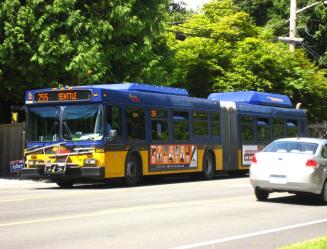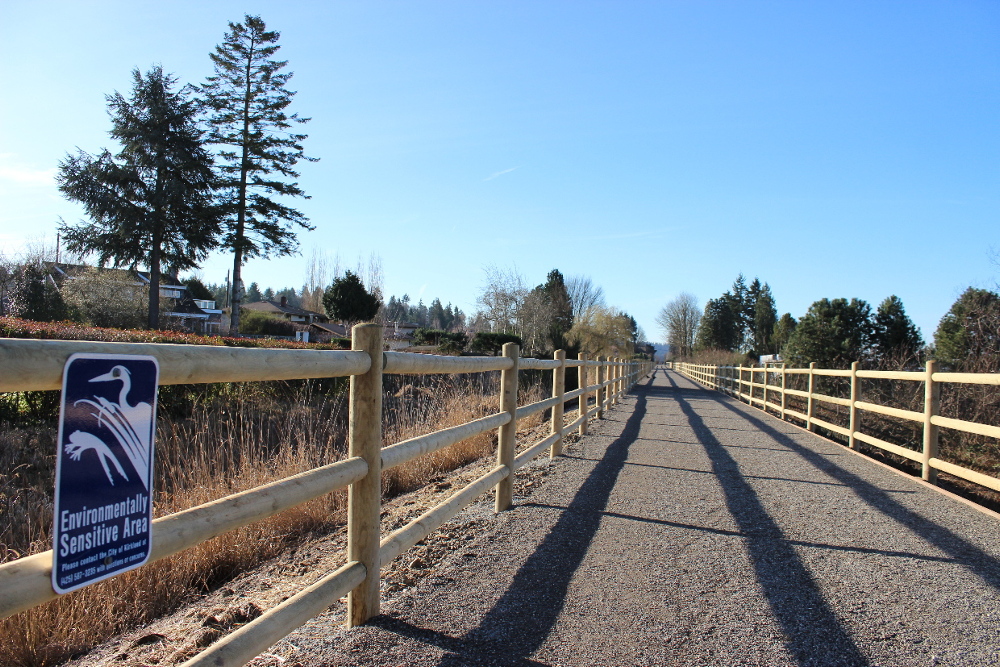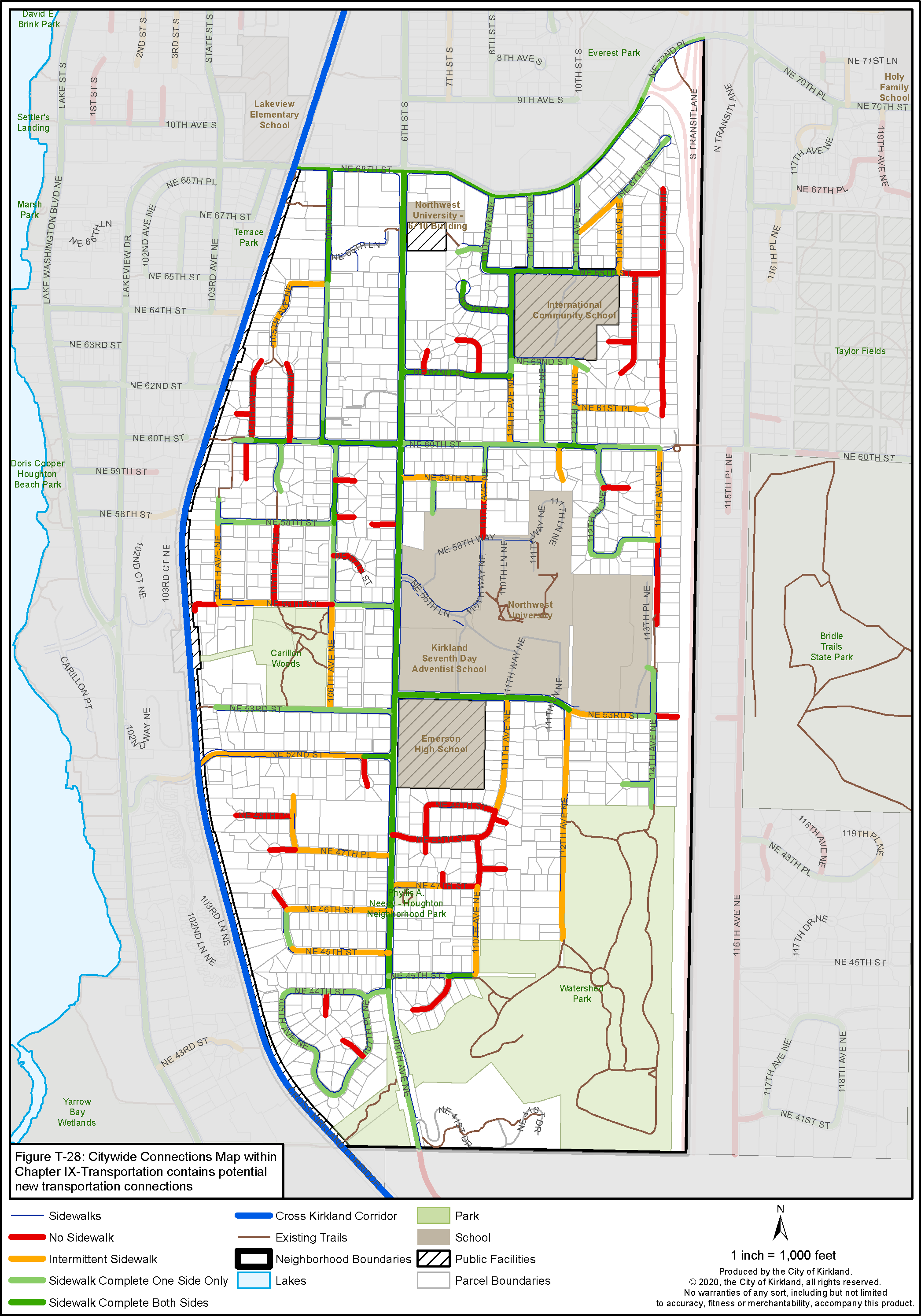6. Transportation
The circulation patterns in the Central Houghton Neighborhood are well established. 108th Avenue NE, a designated minor arterial, provides the primary north-south route through the Central Houghton Neighborhood. It also provides local access for a substantial number of residences, schools and businesses (see Figures CH-5 and CH-6).
NE 68th Street which forms the northern boundary of the neighborhood is also a minor arterial. NE 52nd Street is designated a collector street providing an east-west connection between 108th Avenue NE and Lake Washington Boulevard. NE 53rd Street between 108th Avenue NE and 114th Avenue NE is also a collector street. All other streets within the neighborhood are classified as neighborhood access streets. They provide access to adjacent residences and connect to the collectors and minor arterials.
Nonmotorized transportation is addressed in the City’s Active Transportation Plan and implemented through the Capital Improvement Program or through private development. The design of these improvements should enhance neighborhood access while fitting into the unique areas they traverse.
Goal CH-11: Maintain mobility along 108th Avenue NE as a major vehicle, transit, pedestrian and bicycle corridor through the neighborhood.
Policy CH-11.1: The existing three-lane configuration for 108th Avenue NE should be monitored to determine appropriate measures to mitigate transportation impacts.
Traffic on 108th Avenue NE is often heavy, particularly during morning and evening commute periods. Congestion restricts local access to and from 108th Avenue NE and creates conflicts for bicyclists, transit riders, adjacent residents, and pedestrians, including children arriving at and leaving the schools. Future traffic levels should be monitored and appropriate measures should be considered to mitigate impacts.
Policy CH-11.2: Enhance attractiveness and accessibility of 108th Avenue NE for all modes of transportation.
A master plan for 108th Avenue NE should be established through a public process. The plan should consider installation of streetscape amenities such as pedestrian lighting, street furniture, and low-level landscaping to enhance the pedestrian experience and the continuation, widening and signing of bicycle lanes.
Policy CH-11.3: Implementation of street improvements should occur through both the City’s Capital Improvement Program process and through site-specific private development.
The means to implement improvements should be determined on a comprehensive areawide basis and, to the extent possible, on an incremental basis by encouraging or requiring the incorporation of improvements into private developments.
Policy CH-11.4: Support transportation measures that will reduce commuter or pass-through traffic through the neighborhood.
The City should support and encourage the following measures:
1. Alternatives to single-occupancy vehicles for commuting purposes, such as public transportation, bicycling, walking, high-capacity transit and high-occupancy vehicles (HOV).
2. Improvements to the I-405/SR 520 corridors.
Goal CH-12: Encourage mobility and the use of nonmotorized transportation by providing improvements for pedestrians and bicyclists.
Policy CH-12.1: Improve the pedestrian and bicycle circulation systems both as a recreation amenity and alternative transportation option.
Pedestrian and bicycle pathways are part of the transportation system but also provide recreational opportunities. Pathways and trails should be provided to activity nodes such as the Houghton/Everest Neighborhood Center, parks and transit facilities, and the Lakeview Neighborhood. Directional signs indicating path locations should also be provided.
Policy CH-12.2: Support future development of the Cross Kirkland Corridor as a multipurpose trail for pedestrians and bicycles with access points along the corridor consistent with the CKC Master Plan and the Park Recreation and Open Space Plan.
The unused BNSF railroad right-of-way, known as the Cross Kirkland Corridor, provides an opportunity for a bicycle, pedestrian and high-capacity transit corridor. Pedestrian and bicycle transportation is a high priority, but regardless of the function of the corridor it should be designed so that it will:
• Serve as a gateway to the City.
• Provide neighborhood pedestrian and bicycle connections, with the highest priority access points at NE 52nd, NE 60th and NE 68th Streets.
• Be compatible with adjacent neighborhoods.
• Ensure a high degree of safety.
• Show environmental stewardship.
Figure CH-5: Central Houghton Pedestrian System




